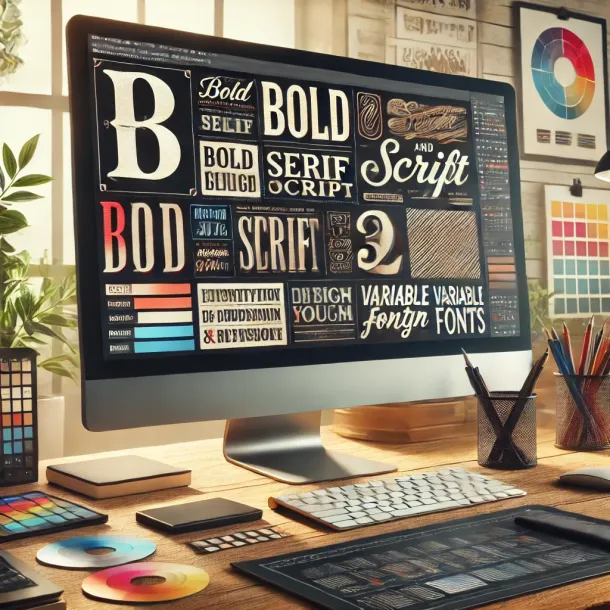Design Foundations: A Beginner’s Blueprint for Success
Design Foundations: A Beginner’s Blueprint for Success
Starting out in design requires a solid foundation in key concepts and skills. This guide provides beginners with a blueprint for building a successful design career by mastering essential fundamentals and developing a professional approach.
Step 1: Master Core Design Principles
To create balanced and aesthetically pleasing designs, it’s essential to understand principles like:
- Balance: Achieves visual stability by distributing elements evenly.
- Contrast: Highlights important aspects and guides viewer attention.
- Hierarchy: Helps organize content, making designs easier to understand.
Focusing on these basics ensures that your designs are structured and effective.
Step 2: Develop Proficiency in Design Tools
Beginners should become familiar with industry-standard tools, such as:
- Adobe Illustrator for vector graphics.
- Photoshop for editing and manipulation.
- Figma for UI/UX design and collaboration.
Invest time in learning the basics of each tool, then explore more advanced features as you become comfortable.
Step 3: Start Building a Portfolio
A portfolio is crucial for showcasing your work and skill set. Even as a beginner, you can create personal projects or redesign existing brands to demonstrate your abilities. Include a variety of project types to show versatility.
Tips for a Great Beginner Portfolio
- Focus on Quality: Choose a few strong pieces over many average ones.
- Highlight Your Process: Show the stages of your design process to illustrate your approach.
- Use a Clean Layout: Let your work take center stage without distractions.
Conclusion: Laying a Strong Foundation
By focusing on core principles, learning essential tools, and building a thoughtful portfolio, you’re setting the groundwork for a successful design career. Dedicate yourself to consistent practice, and over time, your skills and confidence will grow.

